Japan's Economy and Monetary Policy
Introduction
Thank you for joining us today. Thank you also for your support for the Bank of Japan and its Yokohama Branch.
Kanagawa and the Modernization of Japan
In 1853, awakened by the blasts of cannons which Commodore Perry's fleet fired near Uraga, Japan started the process of modernization, opening the port of Yokohama and its window to the world. Yokohama was at the forefront of Japan's drive for "civilization and enlightenment," building steel mills, laying down railroads, and installing gas lamps. Since then, the Japanese economy has surprised the world with two miracles and has retreated from these miracles as a result of two major setbacks (Chart 1).
The first miracle was the modernization achieved for the first time in the non-Western world. Within only half a century, a small agricultural nation on the eastern edge of Asia became one of the world's five major powers. However, this achievement was reduced to ashes by World War II. The central area of Yokohama city, for example, was razed to the ground in a major air raid on May 29, 1945.
The second miracle was Japan's subsequent post-war reconstruction and rapid economic growth, and the industrial zone between Tokyo and Yokohama played a central role in this. Japan came to dominate world markets, one after another, starting with textiles and spreading to steel, electrical equipment, automobiles, machinery, and semiconductors. The Japanese economy survived the two oil shocks, and in the latter half of the 1980s, Japan was the world's largest creditor, the world's eight largest banks were Japanese, and the world's largest and third largest stock exchanges were those in Tokyo and Osaka.
In 1988, I accompanied Toyoo Gyohten, vice-minister of finance for international affairs at the time, who is from Yokohama, to the annual meetings of the IMF-World Bank in Berlin. It is said that Japan played a leading role in these meetings. Gyohten-san said at the press conference after the meetings, "I have never seen Japan attracting so much attention as this time." To resolve the debt problems of developing countries, Japan put forward the Miyazawa Plan, which aimed to substitute the Baker Plan initiated by the United States, signaling that it was prepared to contribute to the governance of the global economy.
I was fortunate enough at the beginning of my career to have the opportunity to get a glimpse of the pinnacle of Japan's economic and financial influence and its leadership in the global economy. However, after that, most of my professional life overlapped with the second setback to the Japanese economy.
Some argue that the performance of the Japanese economy during this period was not too bad, given the declining population and other headwinds. Since the rapid progress made up to that point had been remarkable, however, the setback made many people in other countries wonder why it had occurred.
The Japanese economy was 73% of the size of the United States economy in 1995, but today it is 14%. In terms of per capita GDP, Japan was overtaken by Singapore in 2007, Hong Kong in 2014, South Korea in 2022, and is expected to be overtaken by Taiwan in 2024 (Chart 2). When we visit these countries and regions, we often get the sense that the people living there are wealthier than those living in Japan. Having been involved in economic policy formulation during this period, when Japan lagged behind its peers, I feel that I should share some of the blame.
I. Economic Activity and Prices
...












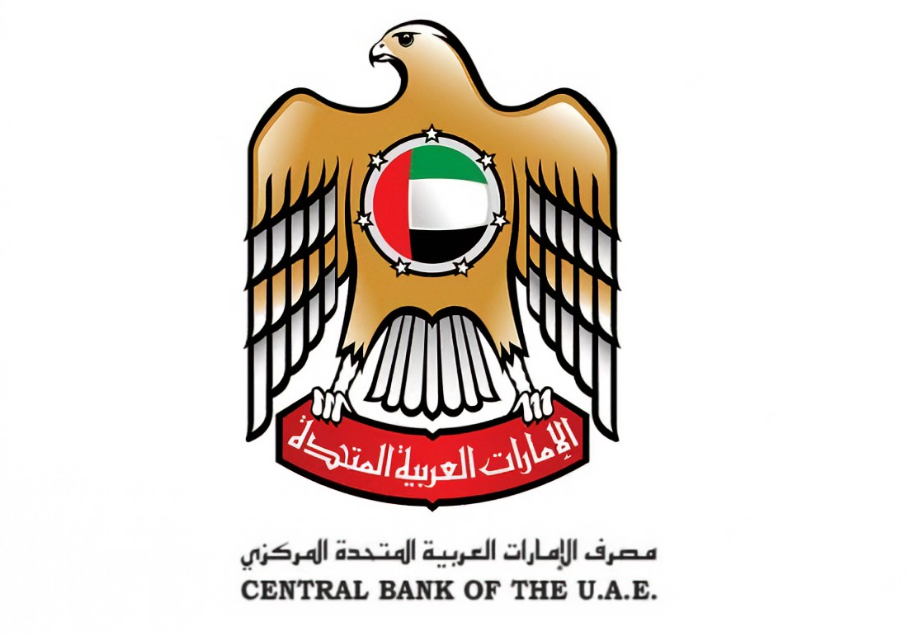






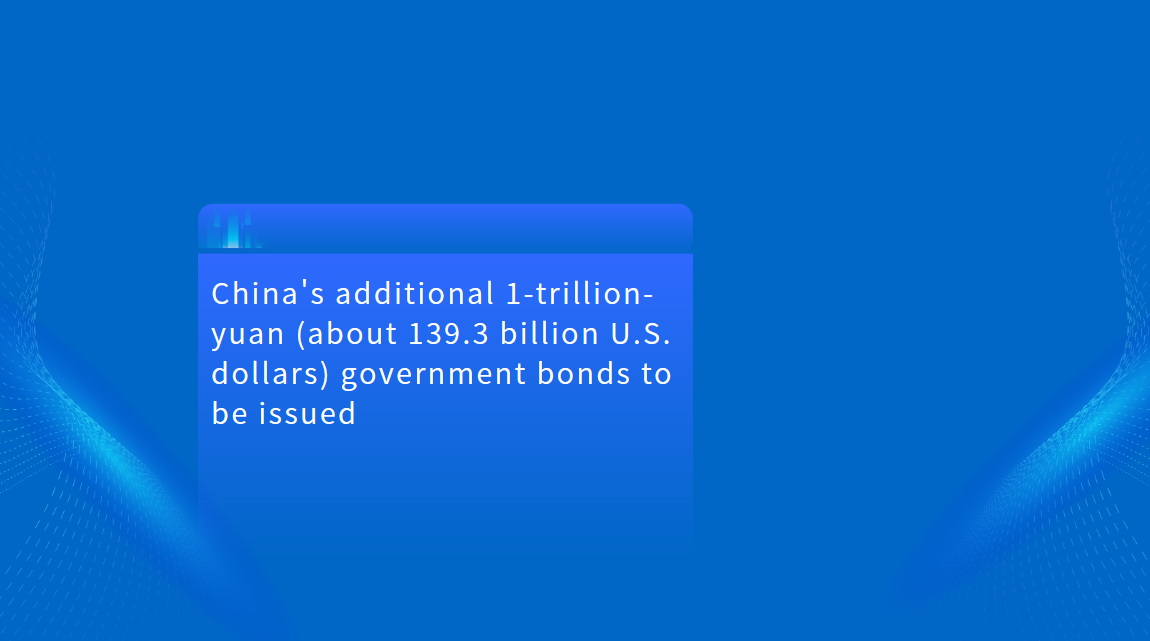


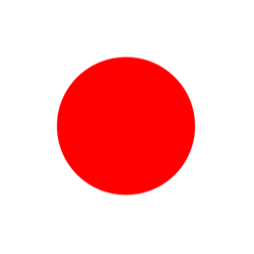
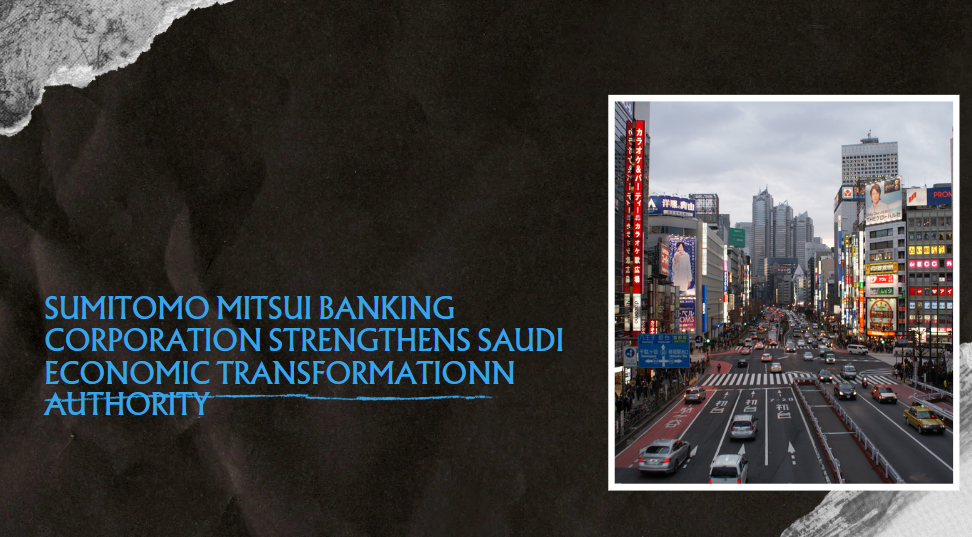
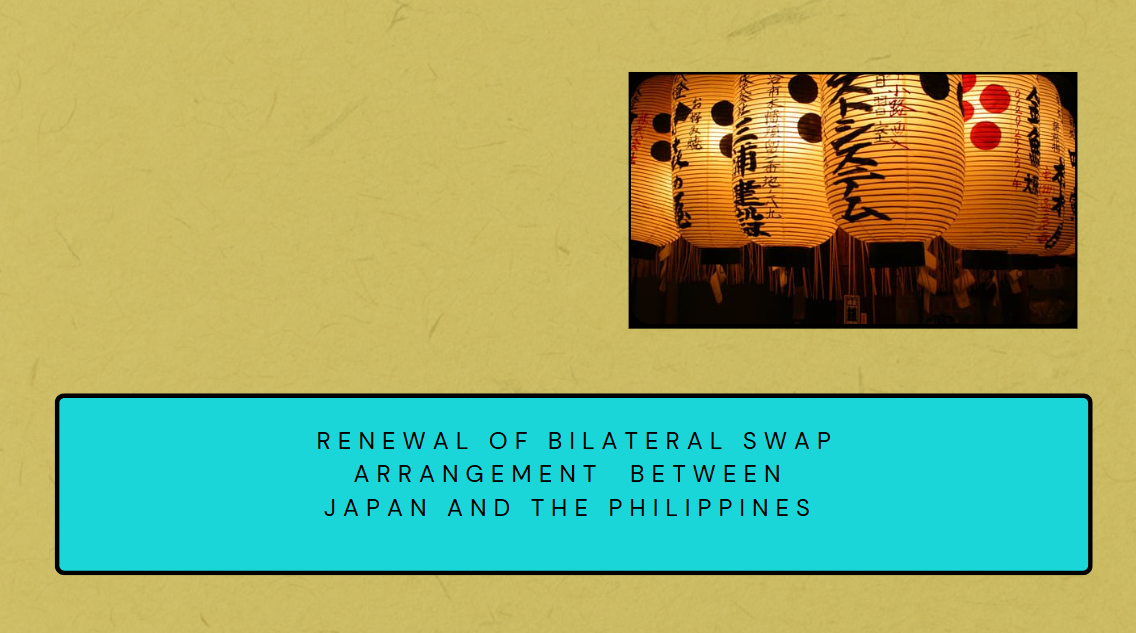



















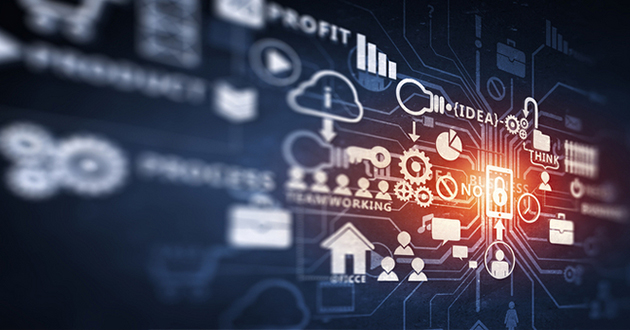









First, please LoginComment After ~